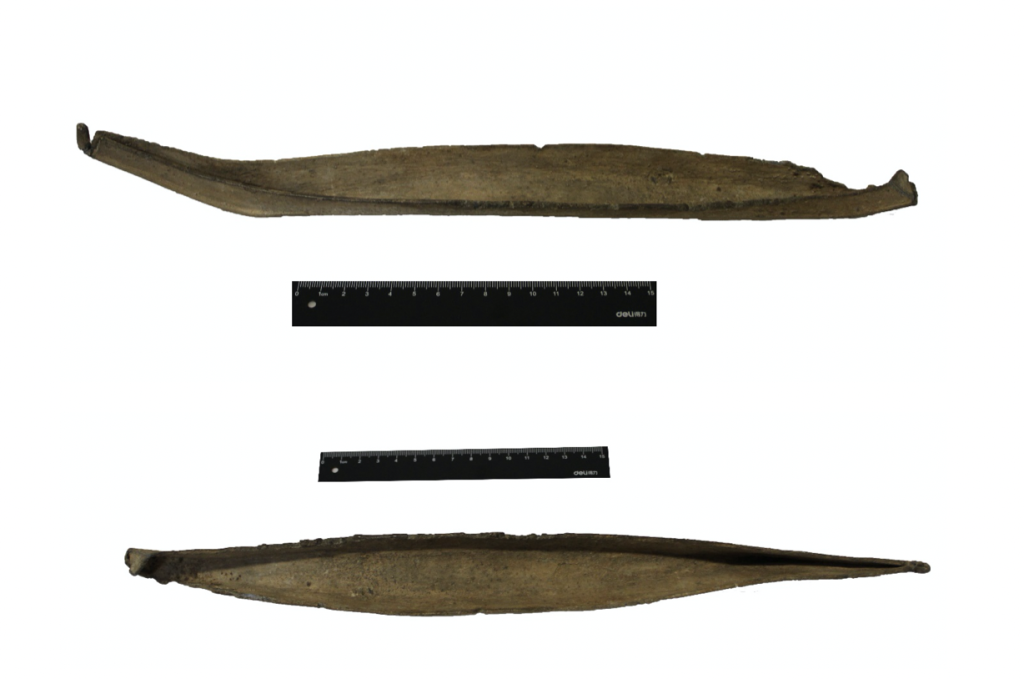The hidden history of Aegean boatbuilding

The Antiquities department at World Museum owns one of the rarest examples of boat models in the world. It helps reveal a fascinating history about a culture that depended on the sea.
Travel, maritime trade and exchange are common themes across National Museums Liverpool collections and important to Liverpool’s history and development. How people travelled at different times, the technologies they used and developed are also fascinating subjects to explore, especially when that travel is from the Neolithic times in prehistoric Greece.
Panos Tzovaras, a PhD student at the University of Southampton came to study the small model of a boat (55.66.180) (image above) in the Antiquities collections of World Museum. It is only one of the four unique lead boat models that exist to tell the story of the travel of the Neolithic-Early Bronze Age people from the Aegean Sea in Greece, thousands of years ago.
The Aegean Sea is a popular summer holiday destination with its thousands of islands. In early Greek prehistory the people of these islands had maritime trade relations and exchanges across the Mediterranean basin.

The islands were the stepping stones that connect the European and Asian continents, the ‘Golden Apple of Discord’ during the prehistoric and historic times. The Cycladic cultures (named after the Greek word for circle because the islands are arranged almost in a circle)) from the Neolithic and early prehistory of the Aegean are less explored and understood.
Current archaeological evidence suggests that people were able to travel around that time if not earlier. By studying the distribution of obsidian, (a naturally occurring volcanic glass used in prehistoric tools) and of the Spondylus gaederopus mollusc, (the shell used for making exchanging goods in Neolithic times) in the island of Melos, archaeologists can confirm maritime interactions and inter/intra-networks during the Mesolithic era (ca.12000/10000-6500BC).
For the Aegean cultures, the sea acted as a connecting bridge. The people of the Aegean developed quite a sophisticated boatbuilding tradition. Understandably, there are no surviving examples of boats from that era and as such any representations of such boats are our only clue. At the sites of Strofilas in Andros and Vathy in Astypalaia, there are hundreds of rock-art depictions of various boat types.
Panos tries to understand the scale of the boatbuilding tradition during the Neolithic and Early Bronze Age (EBA) in an interdisciplinary way. He uses novel digital methods to classify the boat types and digitally reconstructs them. He will also test their seafaring properties in simulated conditions. During his visit in Liverpool Panos used photogrammetry to produce a 3D model of the boat.

By using the photographic technique of Reflectance Transformation Imaging, Panos revealed qualities, details of the boat and even tool marks that could not be easily discerned by the eye.

We do not know the specific site or excavation the boat model came from and some scholars thought it was a forgery. However, Panos’s research shows that the boat shares the same features to a group of objects from the cist-grave in Naxos; some of the objects were marble figurines, dating to the Early Cycladic I or II periods (3200/3000-2300BC). Analysis of the metal used for the boat also indicated the source as the island of Siphnos.
